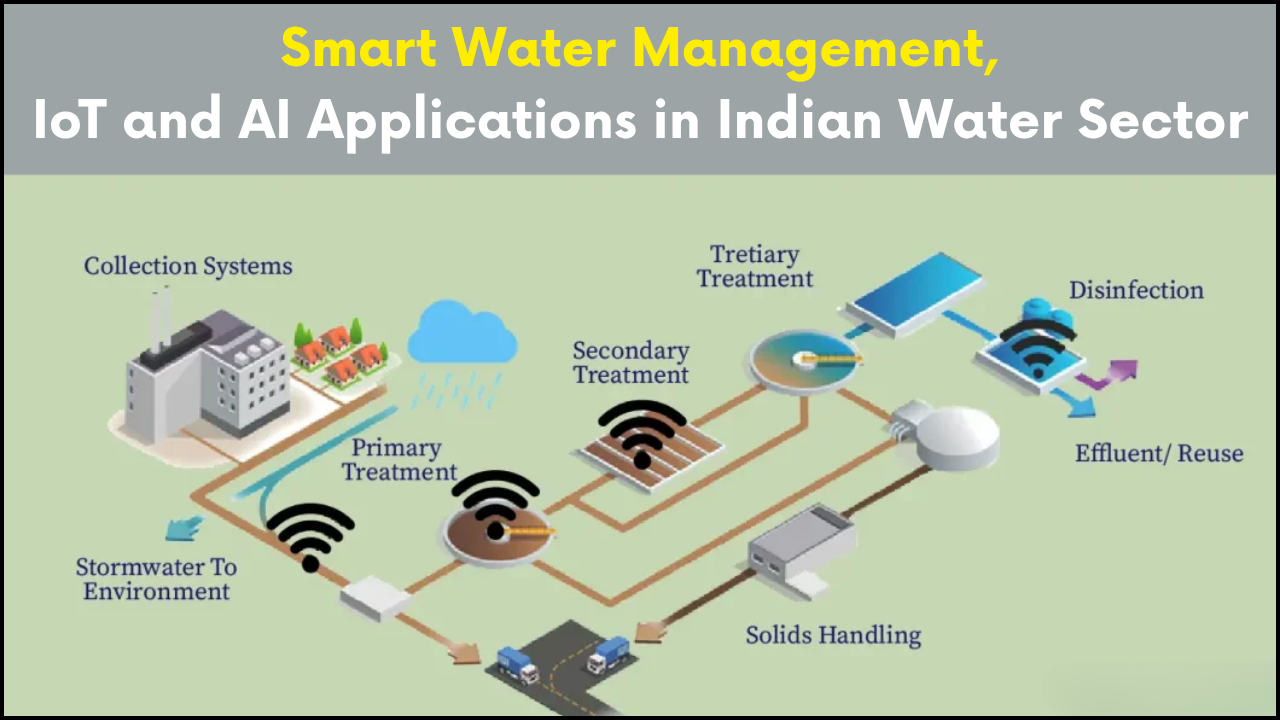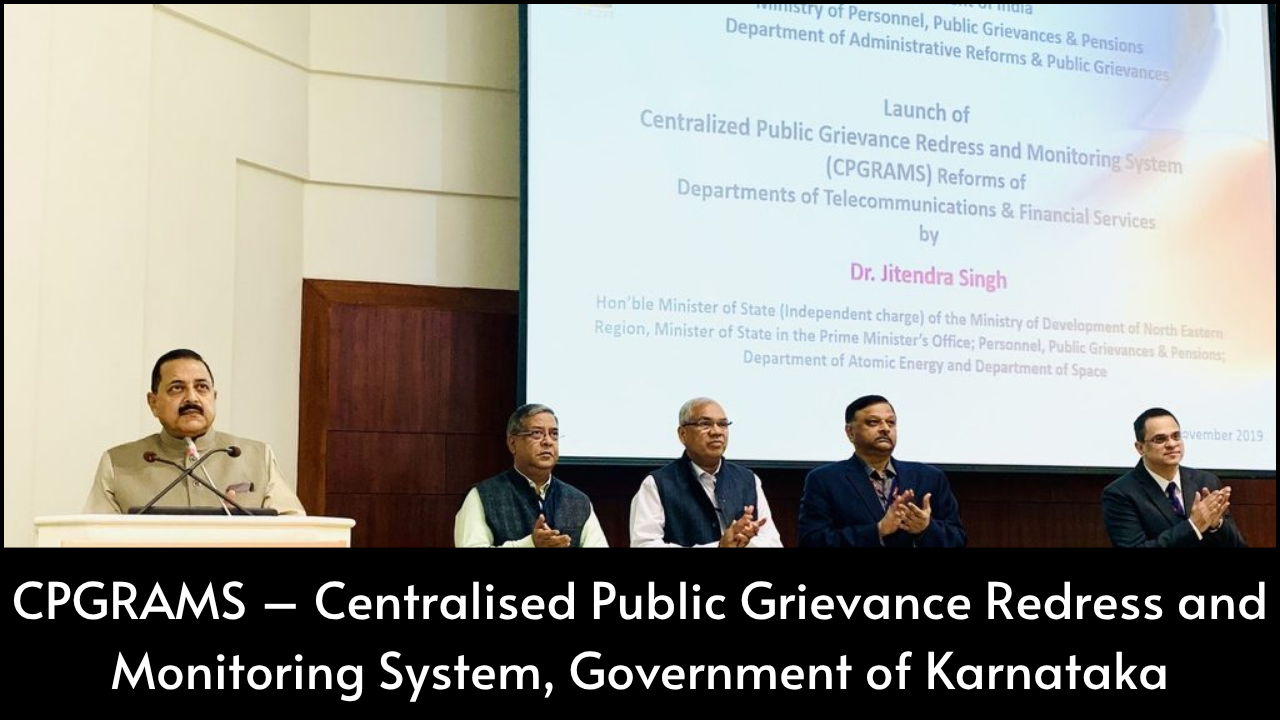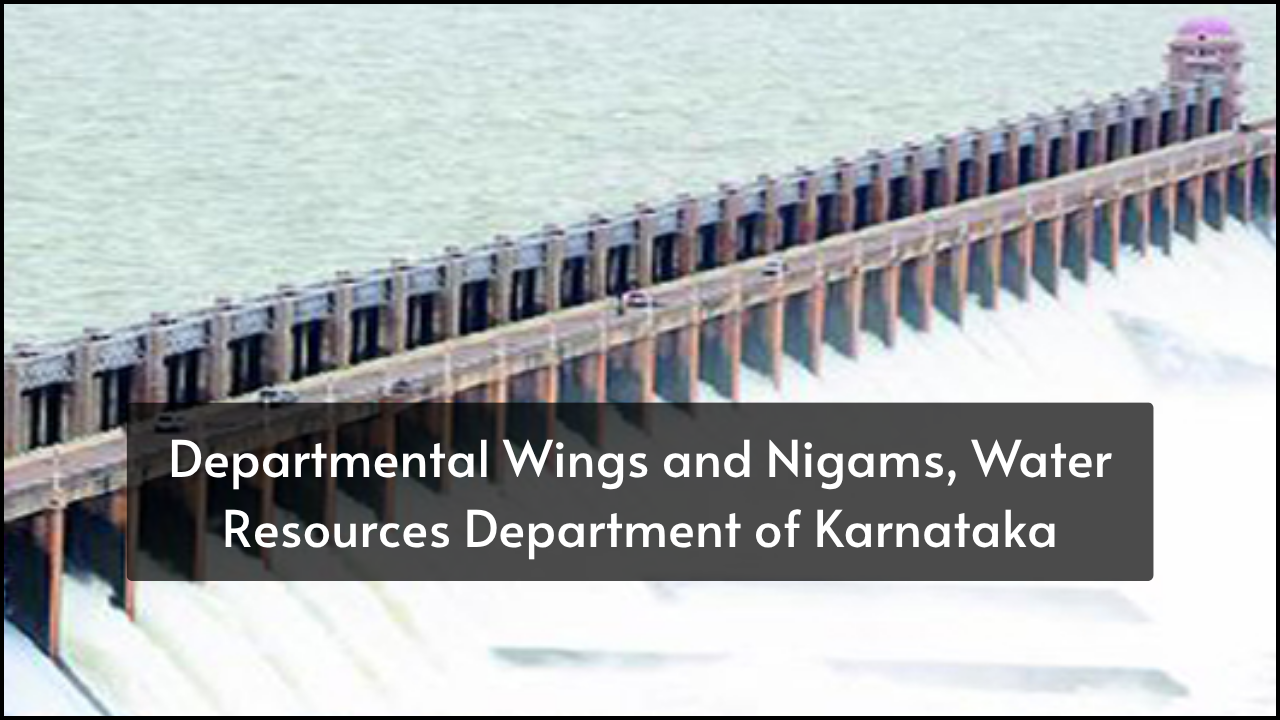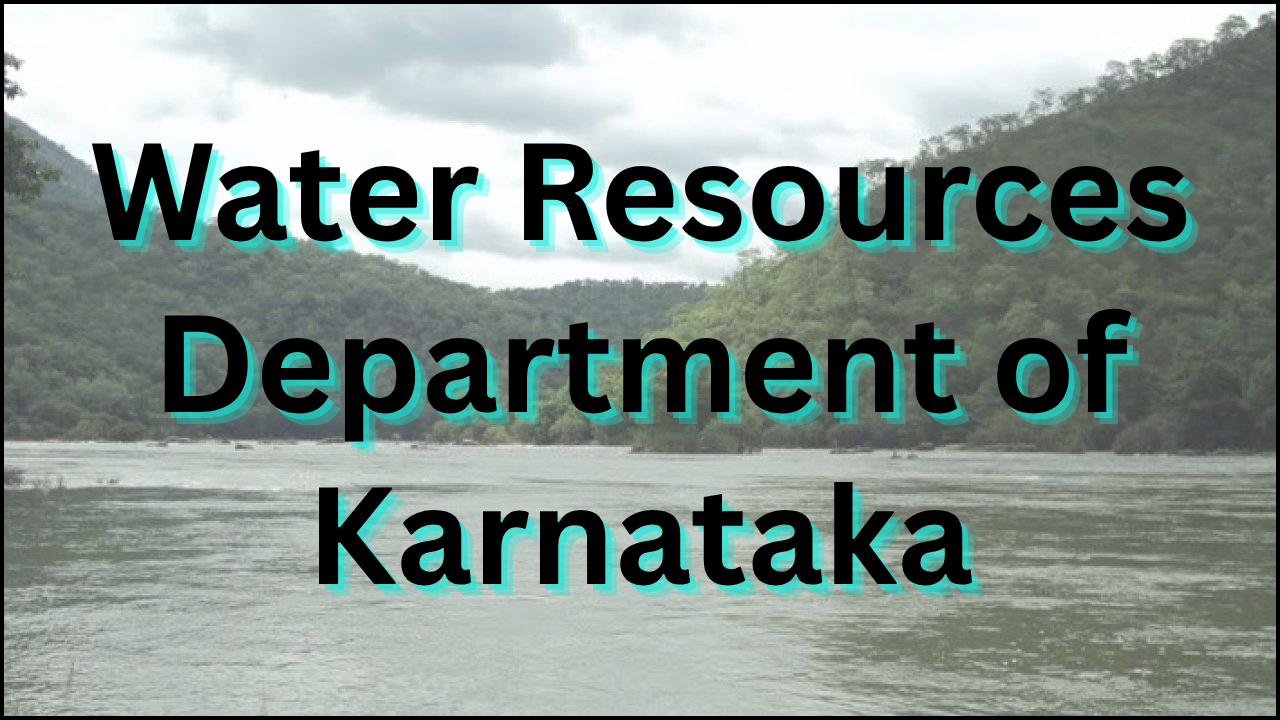
The Water Resources Department of Karnataka has taken several important steps to manage and utilize water efficiently for agriculture, drinking, and industrial purposes. Flagship projects play a major role in solving water scarcity issues in the state and ensuring the welfare of farmers and communities. These projects reflect the government’s commitment to sustainable development and long-term solutions for water-related challenges. The Yettinahole Project and Poorigali Integrated Micro Irrigation Project are two such major initiatives that focus on water conservation, equitable distribution, and agricultural enhancement.
Table of Contents
Flagship Water Projects in Karnataka
Yettinahole Project
- Objective: To provide drinking water to drought-prone districts in Karnataka.
- Location: Originates in the Western Ghats in Sakleshpur taluk, Hassan district.
- Target Areas: Aims to supply water to districts like Kolar, Chikkaballapur, Tumakuru, Bengaluru Rural, and Ramanagara.
- River Source: Draws water from west-flowing streams like Yettinahole, Kadumanehalla, and other tributaries of the Netravathi River.
Key Features of Yettinahole Project
- Water Lifting System: Pumps water using power-driven motors from the source to the storage reservoirs.
- Pipeline Network: Transports water across a distance of over 300 kilometers.
- Reservoirs: Construct several balancing reservoirs to store and supply water as per demand.
- Irrigation Support: Although the main aim is drinking water supply, some regions benefit through incidental irrigation support.
- Budget: Estimated cost of around ₹13,000 crores.
- Environmental Challenges: Faced opposition due to concerns about the impact on forests, biodiversity, and downstream water availability.
Benefits of the Yettinahole Project
- Water Supply: Supplies over 24 TMC (thousand million cubic feet) of water to dry regions.
- Drought Relief: Reduces dependence on erratic monsoon and groundwater.
- Urban and Rural Support: Benefits both urban centers and rural areas.
- Employment Opportunities: Generates jobs through construction, maintenance, and operation.
Districts Benefiting from the Yettinahole Project
| District | Benefit Type | Estimated Water Supply (TMC) |
|---|---|---|
| Kolar | Drinking water | 5.00 |
| Chikkaballapur | Drinking water | 5.00 |
| Tumakuru | Drinking water | 3.50 |
| Bengaluru Rural | Drinking water | 2.50 |
| Ramanagara | Drinking water | 2.00 |
| Hassan | Partial supply & support | 1.00 |
Poorigali Integrated Micro Irrigation Project
- Objective: To improve water use efficiency and support farmers through modern irrigation.
- Location: Focuses on the Poorigali area in the Chamarajanagar district.
- Target Areas: Covers regions with hilly terrain and water stress.
- Technology: Uses drip and sprinkler irrigation systems for optimal water delivery.
Key Features of Poorigali Project
- Integrated System: Combines water storage, distribution, and usage through advanced planning.
- Water Sources: Utilizes local reservoirs and catchment areas to collect water.
- Irrigation Focus: Designed specifically for agricultural use, covering thousands of hectares.
- Farmer Inclusion: Encourages the participation of farmers in the management and maintenance of the system.
- Micro-Irrigation Tools: Promotes the use of pipes, valves, pressure regulators, and filters to ensure precise water supply.
Benefits of the Poorigali Project
- Water Saving: Reduces water wastage by up to 50% compared to traditional methods.
- Yield Improvement: Increases crop yield by ensuring a consistent water supply.
- Soil Health: Maintains soil structure by avoiding over-irrigation.
- Crop Diversity: Supports the cultivation of water-sensitive and high-value crops like vegetables, fruits, and flowers.
- Women’s Empowerment: Involves women in training and awareness programs for irrigation use.
Features Comparison – Traditional vs Micro Irrigation
| Feature | Traditional Irrigation | Micro Irrigation (Poorigali) |
|---|---|---|
| Water Usage Efficiency | Low | High |
| Cost of Operation | Medium to High | Low |
| Labor Requirement | High | Low |
| Coverage Area | Limited | Extensive |
| Crop Suitability | Limited to specific crops | Suitable for a wide range |
| Environmental Impact | Often damaging | Eco-friendly |
Impact of Flagship Projects on Karnataka’s Development
- Agriculture Support: Ensures water for both dry land and irrigated farming.
- Sustainable Planning: Focuses on long-term benefits rather than short-term fixes.
- Rural Development: Improves living conditions by providing access to essential water.
- Economic Growth: Enhances income levels for farmers through improved productivity.
- Climate Resilience: Builds systems that can handle monsoon irregularities and drought.
Challenges and Considerations
- Cost Overruns: Flagship projects often exceed budget expectations.
- Delays: Land acquisition, environmental clearances, and technical issues delay implementation.
- Ecological Impact: Must balance development with ecological preservation.
- Maintenance Needs: Requires regular monitoring and technical support.
- Public Participation: Needs greater awareness and involvement of local communities.
Key Differences – Yettinahole vs Poorigali Projects
| Aspect | Yettinahole Project | Poorigali Project |
|---|---|---|
| Main Goal | Drinking water supply | Agricultural irrigation |
| Type of Irrigation | Indirect/incidental | Direct micro-irrigation |
| Area Covered | Multiple districts | Specific regions in Chamarajanagar |
| Water Source | Western Ghats streams | Local catchment and reservoirs |
| Environmental Concern | High due to forest diversion | Moderate due to localized design |
| Beneficiary Type | Urban & rural households | Farmers |
| Cost Estimation | Rs 13,000+ crores | Comparatively lower |
Future Outlook
- Technology Integration: Digital tools and sensors may be added for monitoring water flow and usage.
- Community Ownership: Policies may promote local-level ownership of irrigation systems.
- Climate Adaptation: Flagship projects will increasingly be planned keeping climate change in mind.
- Replicability: Successful models like Poorigali may be expanded to other districts.
- Public-Private Partnerships: Investment from the private sector could be encouraged for faster execution.
Final Analysis
Flagship projects by the Water Resources Department of Karnataka, such as the Yettinahole and Poorigali initiatives, highlight a clear vision towards water sustainability and regional development. These projects not only aim to solve water shortages but also improve agricultural productivity and quality of life. Strategic planning, local engagement, and technological innovation remain the core of these efforts, making Karnataka a progressive model for water management in India.





